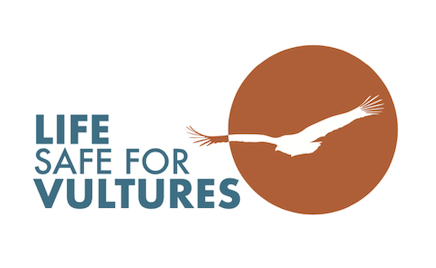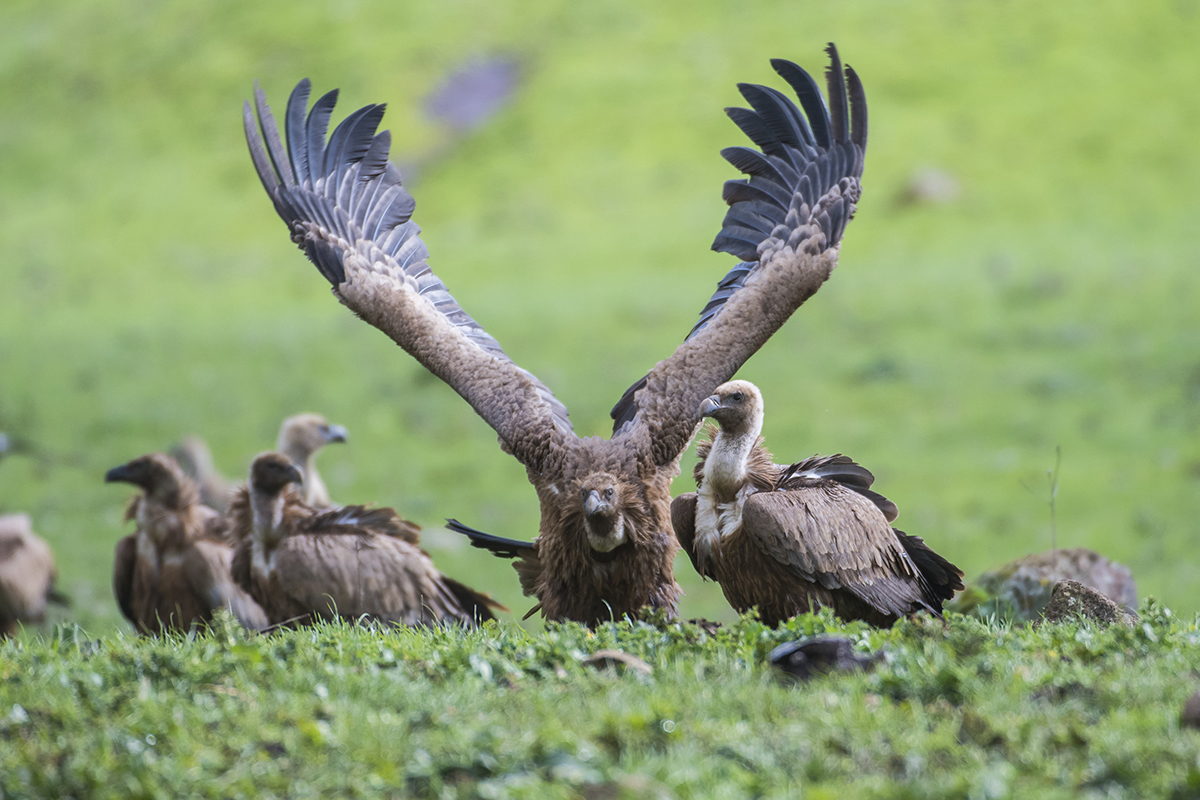Once considered a rare visitor to Sardinia with no breeding records, an Egyptian Vulture pair established a nesting presence on the island and successfully bred. The intriguing question arises: What prompted this particular pair to choose Sardinia as their nesting site? In seeking answers to this, the “LIFE Safe For Vulture” project has undertaken a new study to comprehend the factors that influence the nesting preferences of the Egyptian Vulture in Sardinia. Key findings suggest that supplementary feeding stations, coupled with favourable climatic conditions, play a pivotal role in attracting and accommodating this globally endangered species on the island.
A new study strives to understand Egyptian Vulture colonization in Sardinia
In a recent study published in the journal Ethology Ecology & Evolution, researchers wanted to find out why an Egyptian Vulture pair chose to nest on the island. The study highlights the importance of actions taken as part of the LIFE Safe for Vultures project working with the Griffon Vulture. The Griffon Vulture, acting as an umbrella species, indirectly benefits other species within its range through these conservation efforts. This emphasizes the interconnectedness of species conservation within ecosystems.
The study’s foundation lies in meticulous monitoring activities initiated in 2019, coinciding with the first settlement and nesting of Egyptian Vultures in Sardinia, with subsequent breeding events in the next years. The on-site analysis, initially presented at the European Vulture Conference 2023 in Spain, involved direct observations and the use of photo traps equipped at the feeding station.
This method enabled researchers to pinpoint crucial events, including the hatching of the egg around July 5, 2019, and the first flight of the young vulture around September 21 of the same year.

What attracted the Egyptian Vultures to Sardinia?
The Egyptian Vulture, as a medium-sized vulture, holds the unfortunate distinction of being the most threatened breeding bird species in Italy. The alarming statistic reveals only 8-13 breeding pairs in 2023, distributed across three southern Italian regions.
The study reveals that the presence of feeding stations, specifically the centralized ‘carnaio’ established as part of the predecessor project “LIFE Under Griffon Wings,” and other conservation actions are key factors making the Sardinian habitat highly attractive to the Egyptian Vultures.
The study identifies favourable climatic conditions, particularly when winds originate from the southwest, west, or northwest, as crucial in the spontaneous colonization of a pair of Egyptian Vultures in the cliffs of Capo Caccia within the Porto Conte Park.
The colonization of the Egyptian Vultures in this region holds immense significance. Despite their sedentary nature, demonstrating a certain level of permanence among the cliffs of North-West Sardinia, the absence of documented evidence of their stable presence in the past adds an intriguing layer to this phenomenon.
Conservation milestones and future initiatives
The researchers emphasize that this study marks a crucial step in the conservation of the Egyptian Vulture in Italy. The habitat’s attractiveness for necrophagous birds is intricately linked to the activities of the LIFE project and the protective measures provided by Porto Conte Park to minimize disturbance.
Insights gained from this study will guide future conservation efforts, which will include continuous monitoring and genetic analyses to assess the origin of individuals. The collaborative initiatives under the LIFE Safe for Vultures project showcase a holistic approach to species conservation, with the Egyptian Vulture playing a central role in the delicate balance of Sardinia’s ecosystem.
The LIFE Safe for Vultures project

LIFE Safe for Vultures is co-financed by the EU’s LIFE Programme to restore the vulture guild in Sardinia. The University of Sassari leads the project in collaboration with Agenzia Regionale Forestas, Sardegna Corpo Forestale, E-Distribuzione and the Vulture Conservation Foundation. LIFE Safe for Vultures builds on the work of the successful LIFE Under Griffon Wings, with the ultimate objective for Griffon Vultures to regain their historic ranges and distribution areas from the central-eastern part of Sardinia to the south and promote the long-term survival of the species on the island. An additional feeding station will be established south of the island, and 40 additional Griffon Vultures will be translocated and released.




